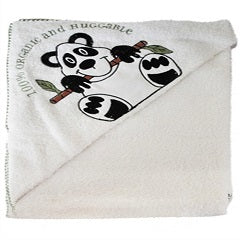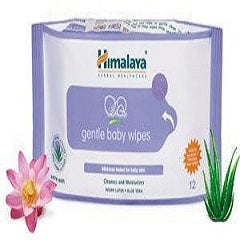
Image Source: Imgion
Giving a bath to a baby may seem like one of the most difficult tasks of child care, but when you become familiar with the tricks of the trade, it becomes a piece of cake. The thing is, initially, both parents and children are a little apprehensive of bath time. How to handle a baby in the bath? Which products to choose? How to do it perfectly? These are frequent questions that plague the mind of parents when a child and a tub full of water are involved.
- Talk to you child and slowly coax them into the bath. Instead of making bath a routine right away, first test the water by introducing them to water slowly.
- Don’t force your baby to take a bath; not bathing for a couple of days won’t do any harm. Instead of dragging them to the tub, sparking their interest may do the trick. After all, it’s very important to maintain hygiene when it comes to babies.
- Include age-appropriate bath toys. That’s a sure way of attracting the attention and curiosity of the baby. You may include bath crayons which come off easily and make bath time more artistic, or a rinse so that your baby has fun making it rain, again and again, cups and pitchers to fill and pour water, rubber ducks that float, etc. This will also make the bath more educational as the baby fine tunes the motor skills learns about colours, shapes, what floats and what doesn’t, etc.
- Ease your baby into the bath; start with a little bit of water at the feet rather than a full tub. Taking things slow will do away with their fear and apprehension.
- Sing or read or simply keep talking during the bath. It’s perhaps the easiest to talk to babies because you can talk about and make up stories about anything under the sun, even if it doesn’t make sense.
- Encourage response from your baby, try to elicit reactions. This interaction will also help in the baby’s speech and expression pattern.
- Be careful which products you’re using. Make sure you’re using only products meant for children. There’s a difference between the skin of children and adults.Try to use organic products because they are even safer for kids.
- Make sure you warn the baby before pouring water on them. Don’t startle them, it may make them even more, nervous.
- Take care while using soap or shampoo during the bath. Make sure the foam doesn’t go into the eye or anywhere it may affect the child. Instruct them to close their eyes while washing their head, even if you’re using no-tears products.
- Make sure the baby is relaxed before and after the bath. You could use massage oils or lotion. Everybody likes to be pampered. Massaging the baby with oil or lotion before and/or after the bath will help them relax more and stay in a happy mood.
- Make the bath and after bath products attractive for the baby. Include an attractive looking towel, or a bathtub or soap that has a funky shape. These will certainly hold the baby’s attention as you wash them.
- Make it a joint bath with a sibling. This will ease the tension and make the bath more playful, with the kids washing each other or simply having fun water splashing each other.
- Don’t be afraid to take part in the bath. Bath time is an important bonding experience between the mother and the child. Before worrying about the child getting a bath, join in and have fun with your baby!
Children at times may be averse to taking a bath; it could be a phase, mood swings, or simply because the shampoo got into the eye the last time. But making bath more like playtime and less like a bath will help the situation, and soon you’ll be looking for ways to get your baby out of the bath rather than getting them into it!





